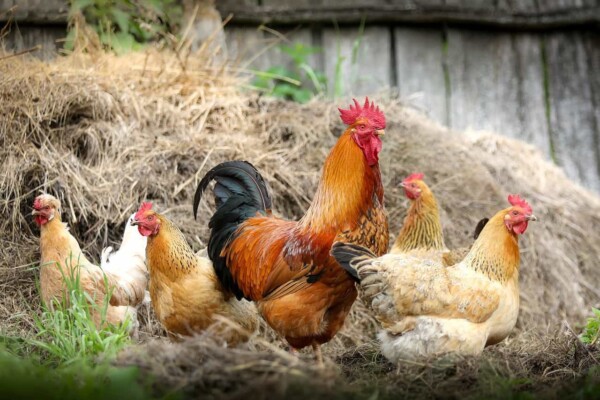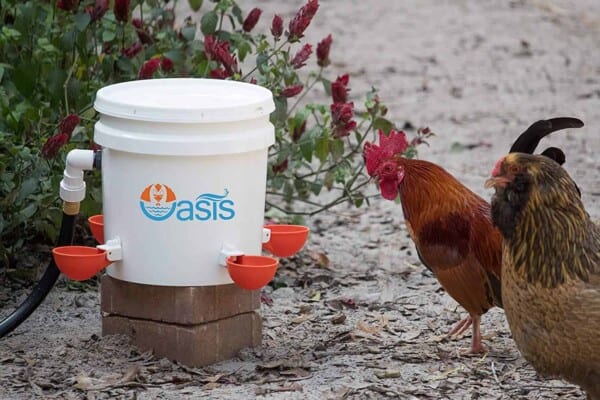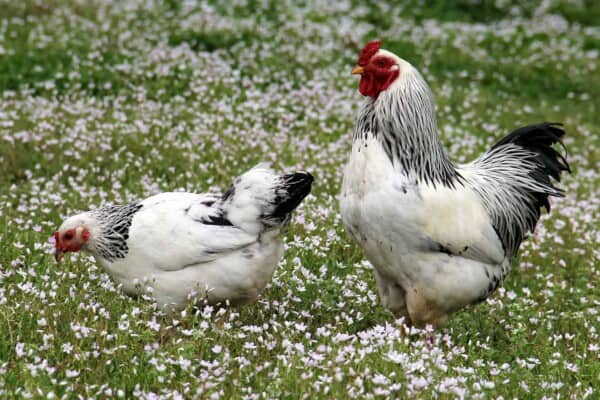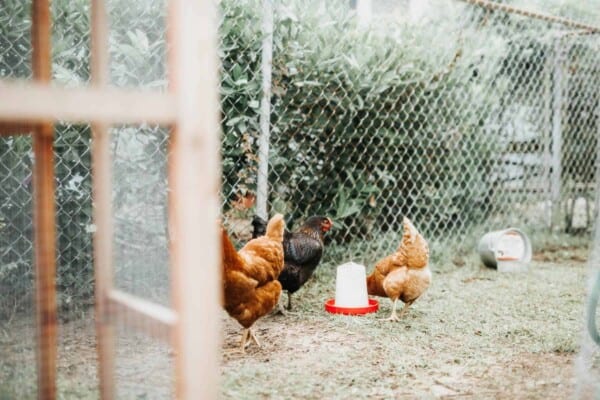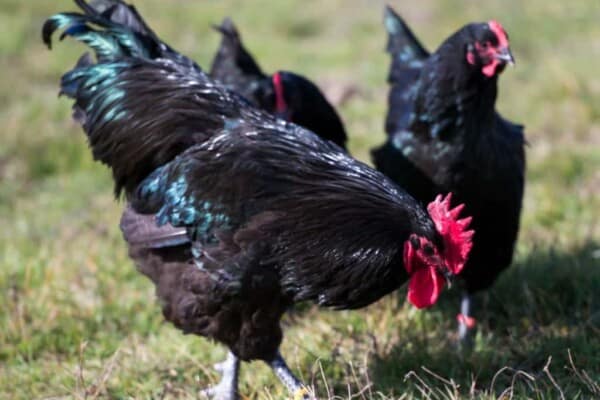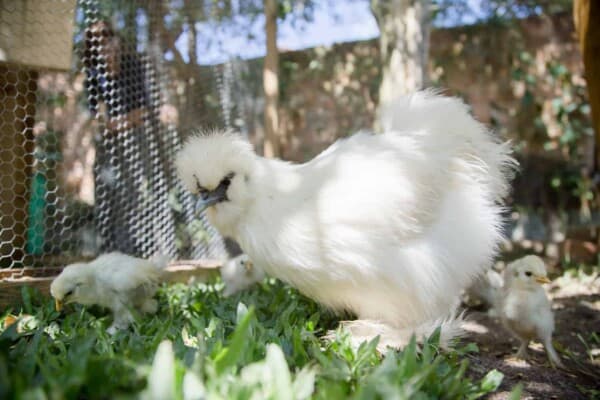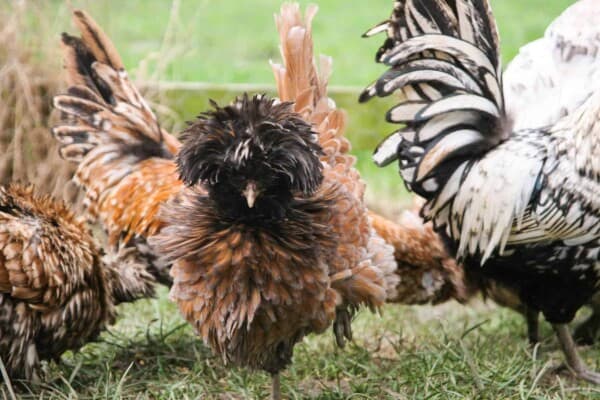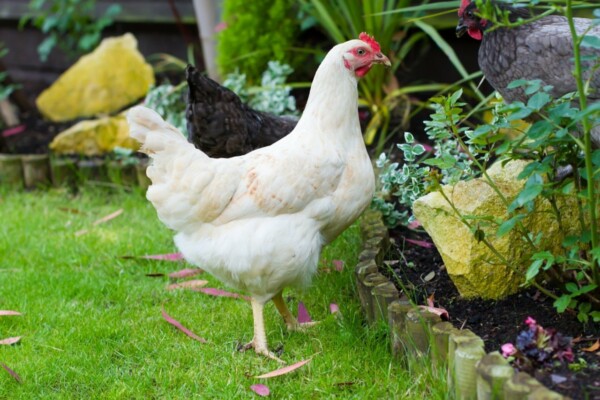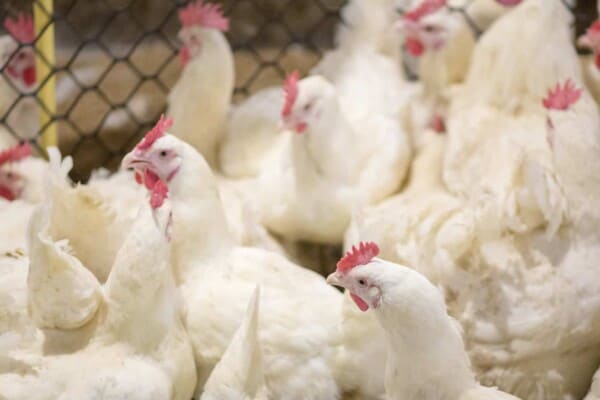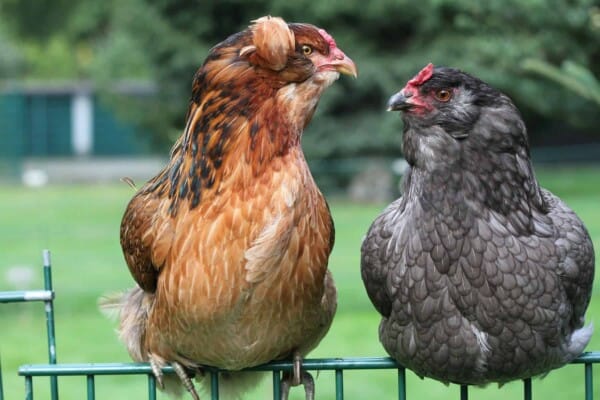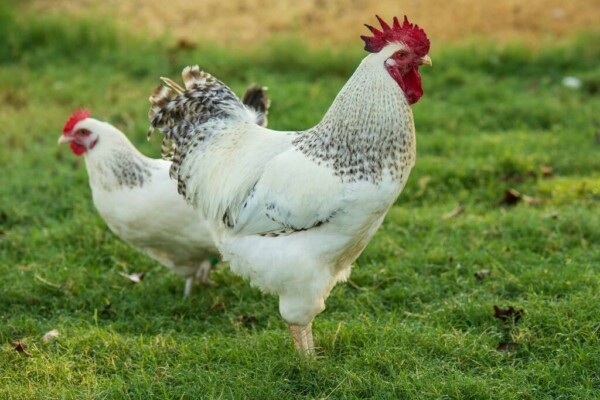We, as humans, tend to think of animal societies as being very primitive and crude. While this is not entirely false though, there is a sort of hierarchy that many of us can’t even discern when we see the animals or birds interact with one another.
The fact of the matter is that there are many ways that you can tell who’s at the top of the social ladder and who’s at the bottom no matter the species you’re observing.
This may sound pretty silly when talking about an animal such as the lion for example, as we all know who holds the reigns in that family.
But, many of us find it quite difficult to realize that our very own chicken flocks have their own mini societies in them, societies which are dictated by the ones at the top.
This is what we refer to as the pecking order, or the social hierarchy of the flock. While it can be fun and interesting for you to read into these telltale signs so you can tell who’s at the top and who’s at the bottom, it can also help you raise a happy and healthy flock of chicken too.
As such, you can call us the chicken whisperers for today as we will uncover the secrets of chicken flocks’ pecking order, starting off with the basics:
The Hierarchy Behind the Pecking Order
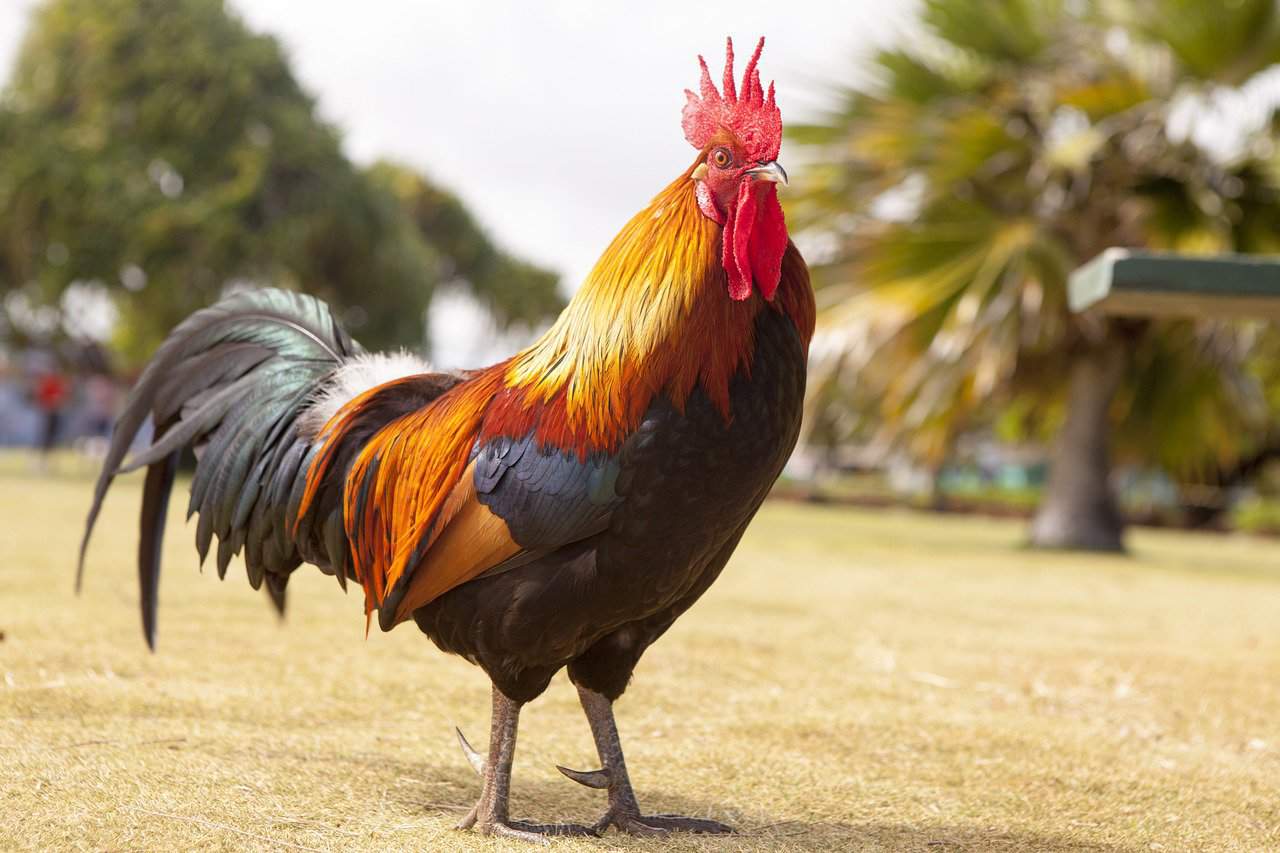
But what exactly is the pecking order and more specifically, how does this affect you or the rest of the flock?
Well first and foremost, you should know that the pecking order is just a system meant to arrange the chicken based on their social standings.
As you can probably tell by now, the higher up on the list the birds are, the more likely they are to get more advantages than the ones on the lower side of the spectrum.
This is known as the hierarchy ladder, with the top of the leaderboard here being usually taken by the head rooster. If there is no rooster around then a hen will take its place, but this does lead to an interesting conundrum.
If you bring in a rooster after the hen have already matured, there is a small chance that the hens will not accept him as the head rooster, which can lead to the poor newcomer being ostracized from the rest of the flock.
But this is exceptionally rare though, and you can instantly tell if this is the case about a day or so after being introduced into the flock.
Interestingly enough, there are three different types of social order that are taking place in your flock this very moment, and they are the following:
- Rooster to Rooster
- Hens to Hens
- Roosters to Hens
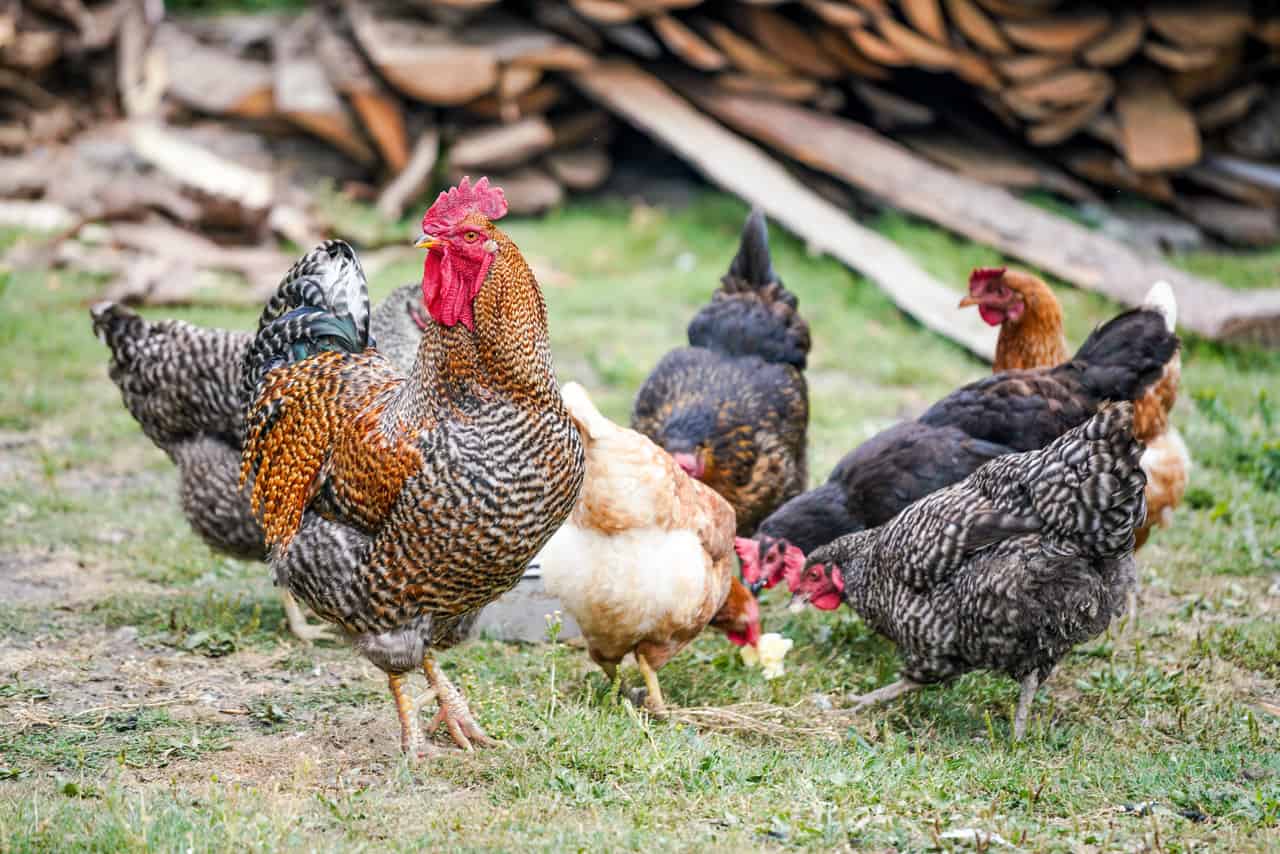
The only way for a rooster to climb the ladder is to actually attack the leader and take his place. If he manages to do this then the challenger will now become the leader and the wounded and defeated rooster will go down the ladder.
Hens can also go up the ladder if the top hens get sick or weak, which is done specifically to ensure the flock’s survival.
This may sound a bit rough, but it is the best way that they can make sure that no matter what happens, the flock will live on. As such, the fittest birds will end up with the best grub and the best treatment, while the weak and sickly birds will go lower and lower, until they are left to die.
Another interesting fact to note here is that the lower end roosters tend to crow a lot less and they mate very rarely since they’re not allowed to do so in the first place.
The top hens are all following the top of the ladder, and if the lower end rooster will dare to try to mate with a more dominant bird, then they will be attacked by the head rooster or just ostracized by the rest of the flock afterwards.
Since the flock prioritizes health and fitness, it should come as no surprise that young pullets tend to quickly move up the ladder, taking the place of the old and sickly birds.
If any of the birds tries to move up the ladder without actually going through the normal motions though, you can be sure of the fact that they will be welcomed by glares, pecks, and a ton of feather pulling.
If tensions are really high, by the time they are around six weeks of age or so, chicks will start jumping at each other, bumping chests and even flaring their feathers to show their opponents that they are not to be messed with.
One quick showcase of intimidation is all it takes for the pecking order to be established, and rarely if ever will this order be disturbed.
This is why you will almost never actually see any fighting happening amongst older hens, since they’ve already learnt their place. There is the occasional hotshot rooster that loves to charge at the head rooster, but he is usually reprimanded hard afterwards, which calms the waters down immediately.
The Reason Behind the Pecking Order
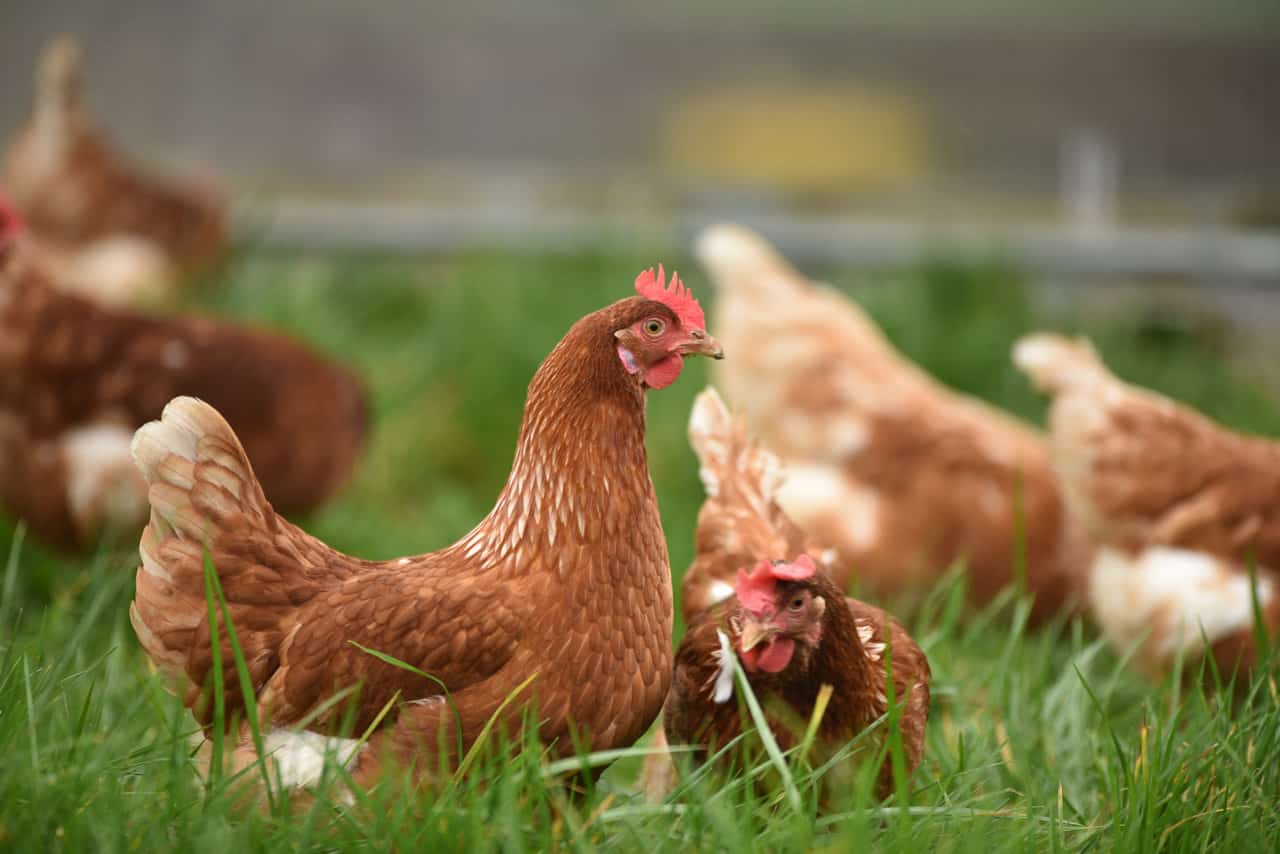
Interestingly enough, the pecking order rank often times showcases who is allowed to access food, water and dust-bathing areas. Depending on their ranks, the chicken can either get access to all of those or nothing.
On top of that, the pecking order also ordains who gets the most comfortable nesting box and of course, the best roosting bar spots.
One thing that we should mention here though is the fact that you should never fear that your chickens will start busting out the gladiator helmets as they charge at one another to get more influence over the pecking order.
Instead, the pecking order is pretty much already established a couple of weeks into the birds growing up together, to the point where the birds end up living in perfect harmony for the most part.
There are still going to be some of them that will fight against the system to get a better nesting box for example or they will push into the dust-bathing areas so they can get there first, but this rarely ends up in an altercation of any sort.
But it’s not all fun and games here in the pecking order, as the chicken at the top of the food chain always have an extra role to play.
This is because they are the healthiest and strongest of the flock, so as such they need to be always on the lookout to make sure that no predators are coming, and in case they do come, they need to usher them to safety at once.
The chicken at the top also needs to make sure that they can find all the proper food sources around, including the nest of tasty grubs that everybody can enjoy from underneath a fallen log.
Sure, they can also be the first ones to consume that healthy little meal, but as they do this, they also need to call the others so they can feed, and as they do so they will make sure that no predator can get the jump on them as they eat.
The Worst-Case Scenario
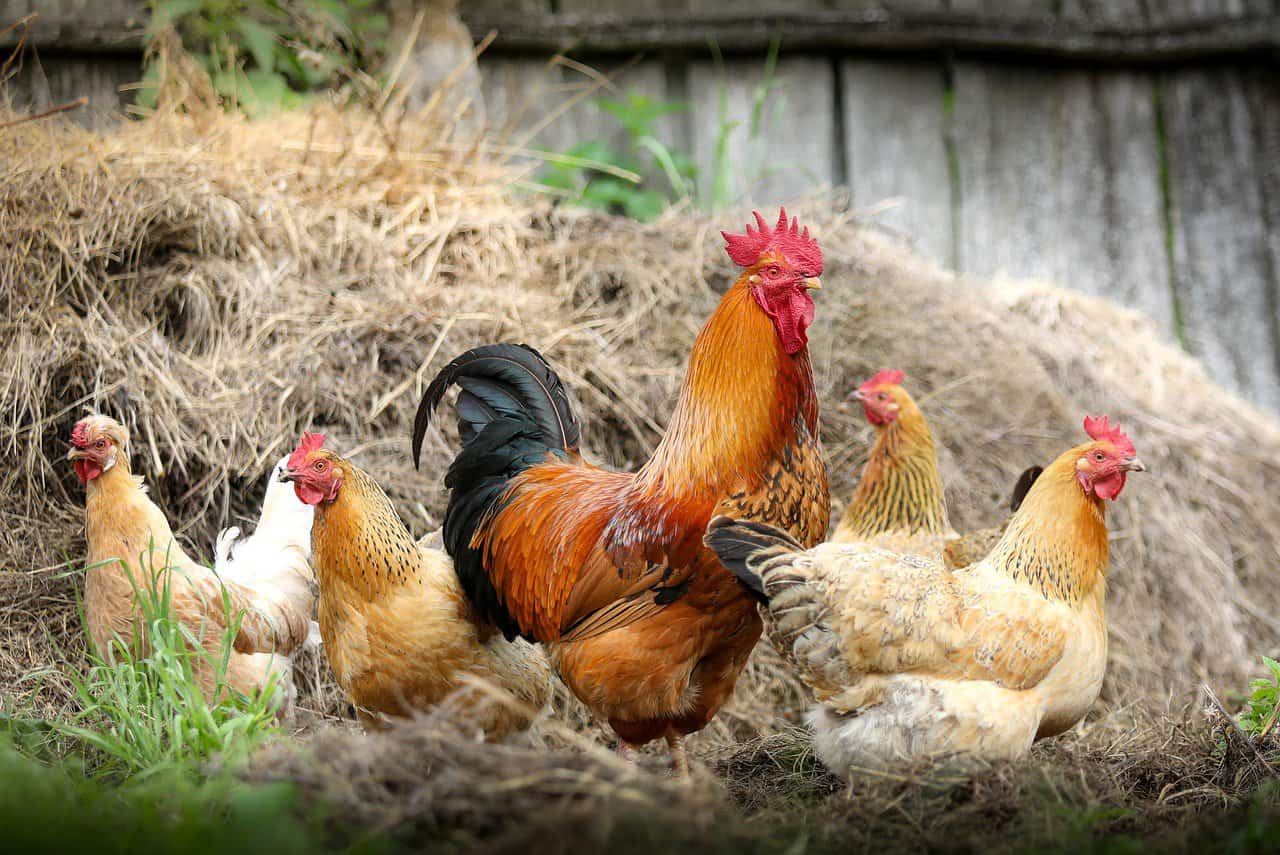
Whenever we think of the flock we’re raising, let’s just say that we’re not exactly thinking of complete and utter massacres and mayhem, quite the contrary actually.
We’re used to seeing the flock as very harmonious, to the point where there are rarely if ever any problems within their ecosystem, but there is one possibility that always haunts the nightmares of every farmer out there, and that is the full-on pecking order assault scenario.
This, as you can probably tell by now, is when a large portion of the lower-end hens and roosters start taking down the top members of the hierarchy.
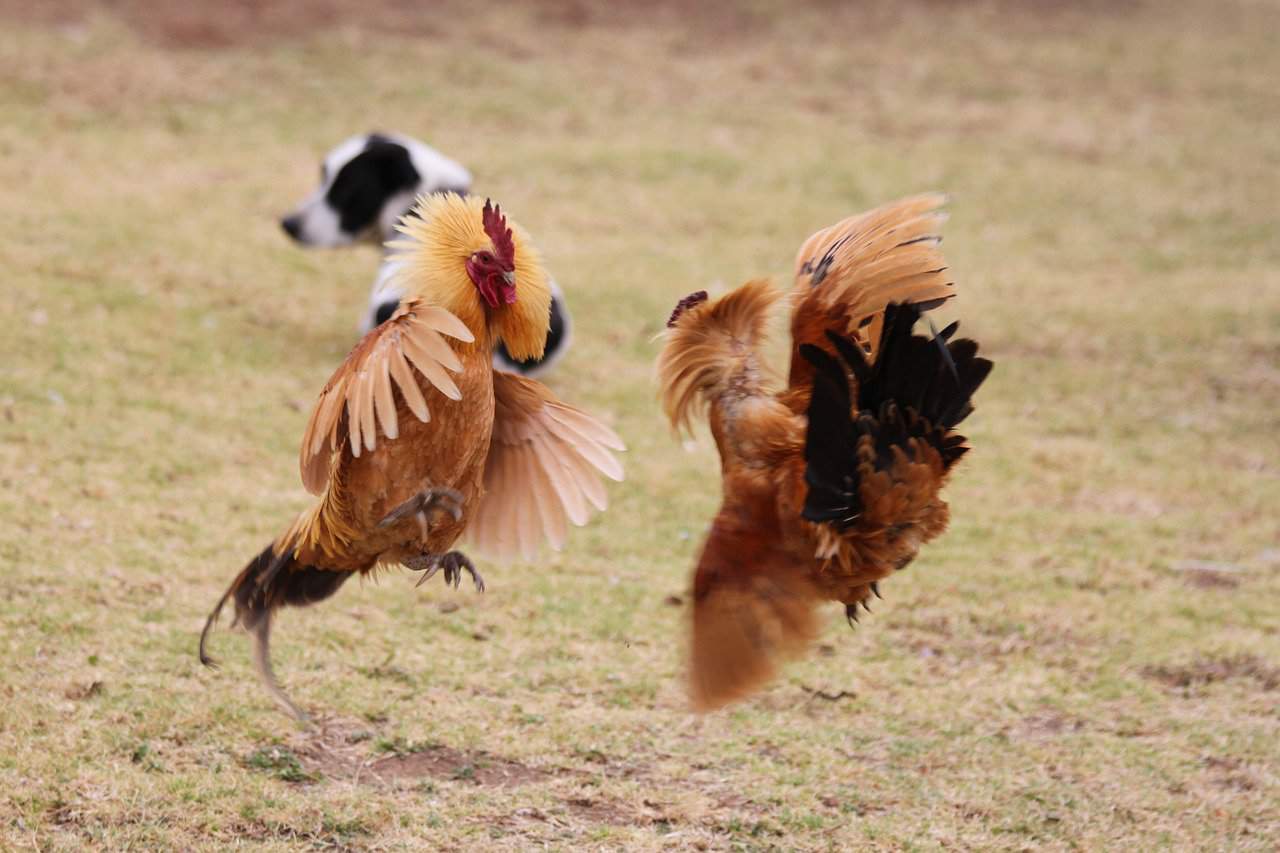
This in itself would not be the worst thing ever, but when the older more experienced hens actually start seeing red, that’s when things get jarring to say the least.
Older birds will be relentless, they will peck their opposition to death with ease, and even though they are older, they tend to stick together and harm anything they come in contact with.
It isn’t unheard of for almost every youngling in the flock to be killed off by the older birds as soon as one such plot is unfolded.
For the most part though, you won’t have to worry about this happening because for something of this scale to take place, it would mean that the balance of the flock is unhinged, and as such you can actually tell if things are about to go down beforehand.
This is why you need to keep a lookout on your chicken and especially so try to make sure that they don’t end up getting a tad bit too close to one another because they can end up taking one another’s spots which will lead to an altercation sooner or later.
How to Introduce New Birds to Your Flock?
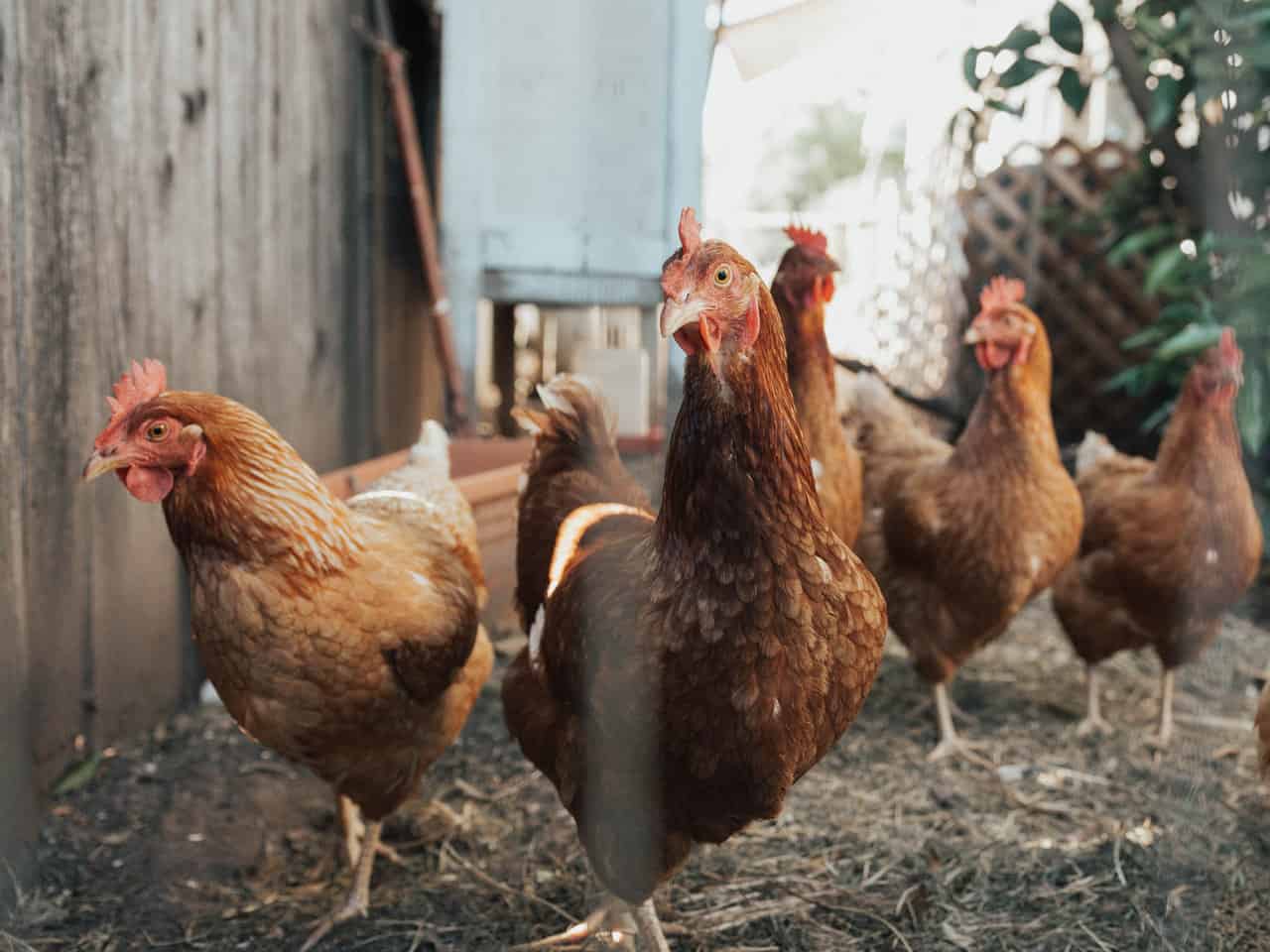
As mentioned previously, as long as the birds are raised together, they will know each other’s place in the hierarchy, but by introducing new birds, you can end up with a few altercations in no time since older birds are not exactly known to be the friendliest around to newcomers.
As such, if you want to actually add new birds to the mix, you’ll need to do so both slowly and carefully, and while you’re doing so, never add less than two of them to an already established flock.
The best way for you to do this is always going to be for you to use the separation pen. This is where you can place the new hens without the older gals that would peck them all day long.
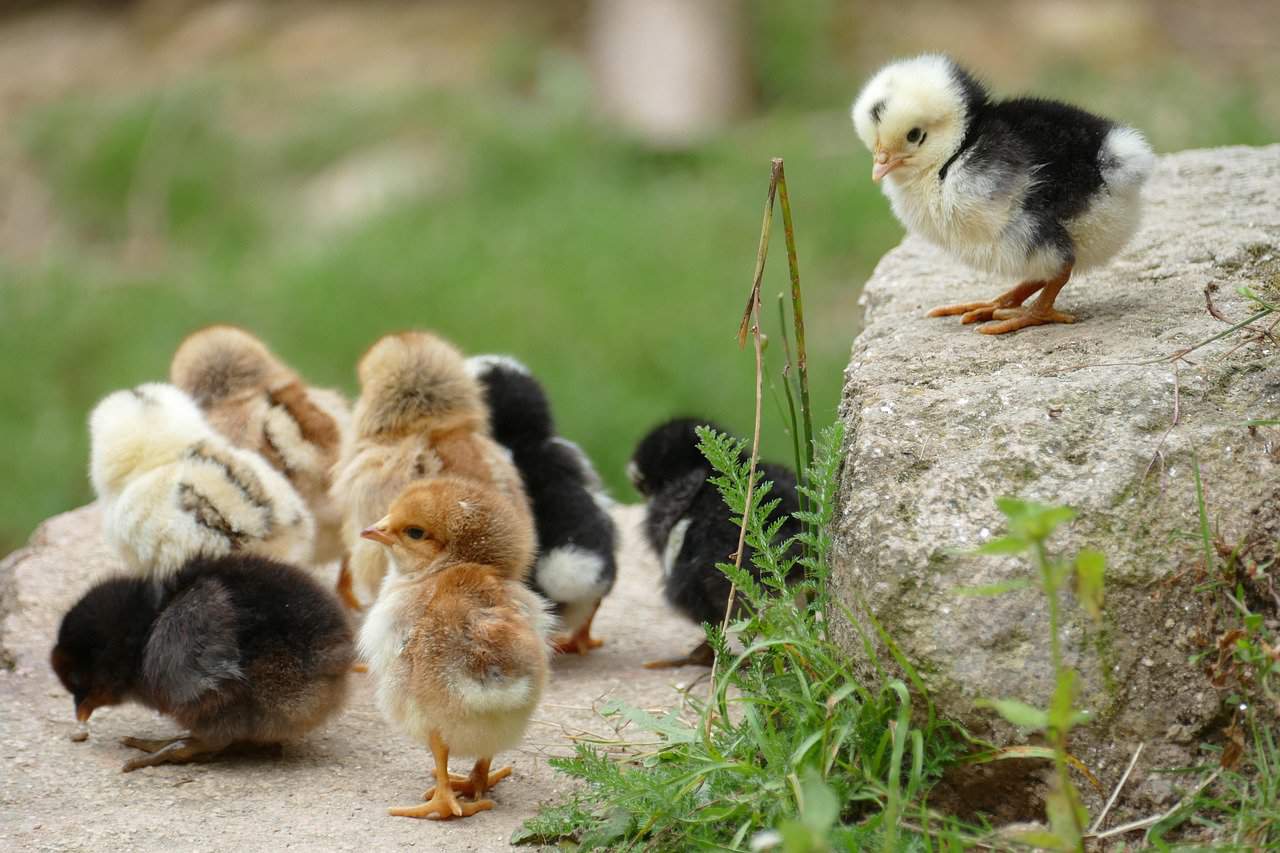
After a couple of weeks of exploring, you can let them meet up, but just know that you will still need to add a few places for the new birds to hide to if the older flock members get riled up.
Sure, they will still be subjected to more than a handful of angry pecks, but just keep in mind that you shouldn’t get involved unless blood is being drawn.
The more they peck each other, the less likely they are to actually injure one another. This is because they might be playing around, or they could just be pushing around the newcomers, but if you stop them every time, they will get more and more violent whenever they see their chance to do so.
How to Deal with Sick or Injured Birds?
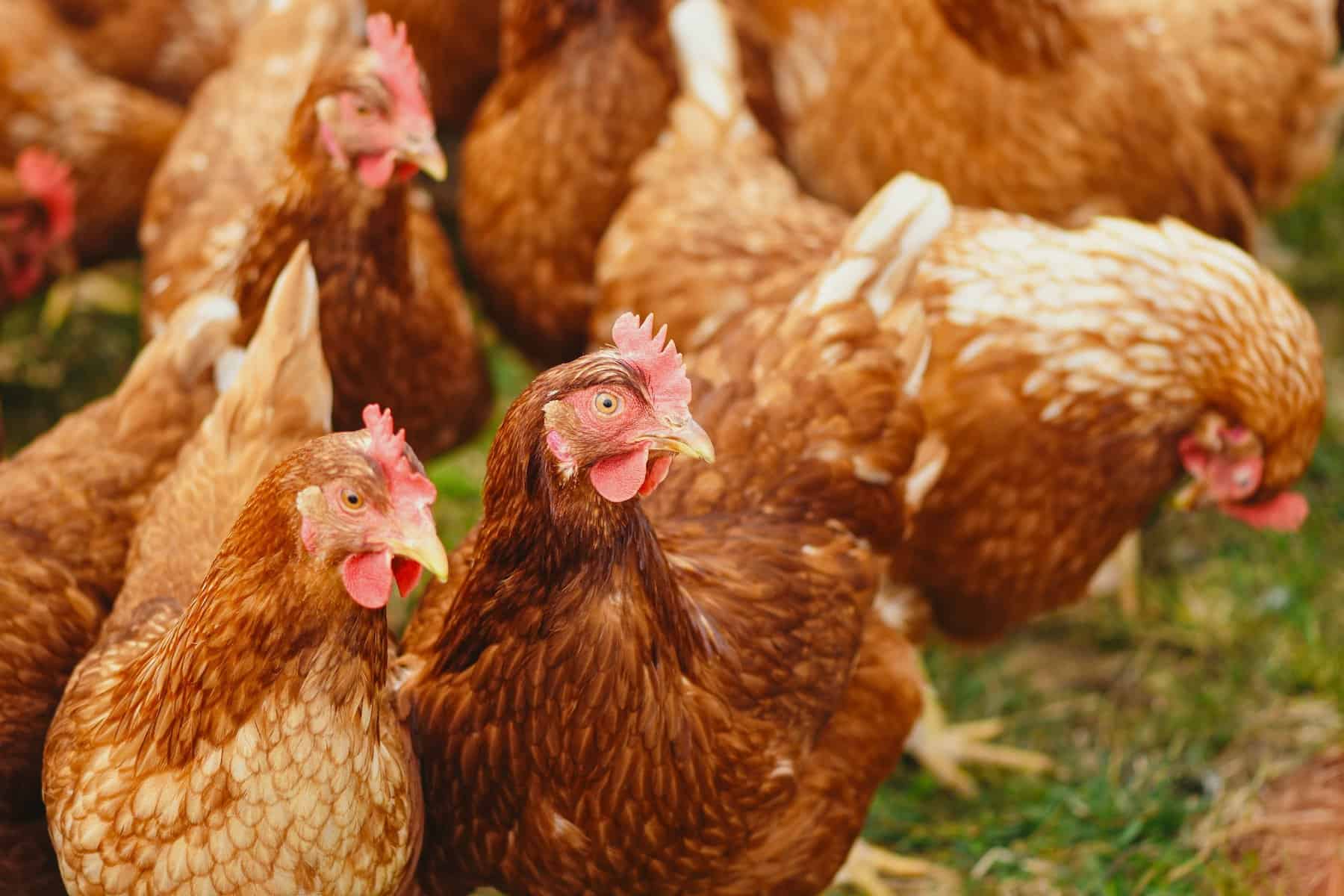
We also mentioned before that chickens will often times ostracize sick or injured birds away from the good resources they would need to get better.
As such, it is your duty to help them, because the rest of the birds will definitely not be there for them, quite the contrary.
In some cases, the flock can even end up killing off the sick or injured birds because they are still consuming resources and space that could be given to someone else.
But you can also use this to your advantage. If you see that a chicken is constantly being pecked at, then you can always just assume that they are a bit on the unhealthier side.
So, all that you need to do is you need to take her away and isolate her away from the rest of the flock before they start getting bloody.
Next up put them in a large crate where you can assess the peck damage and see if you can spot the health issues that the bird has. Don’t release the bird until it is officially back to full health.
If the bird is not 100% ready to go out then they’ll just be attacked some more which will lead to them being sent right back to the chicken hospital.
You can also use the segregation pen we mentioned previously to make sure that they are ready to be integrated back into their society.
Popular Breeds on the Pecking Order Spectrum
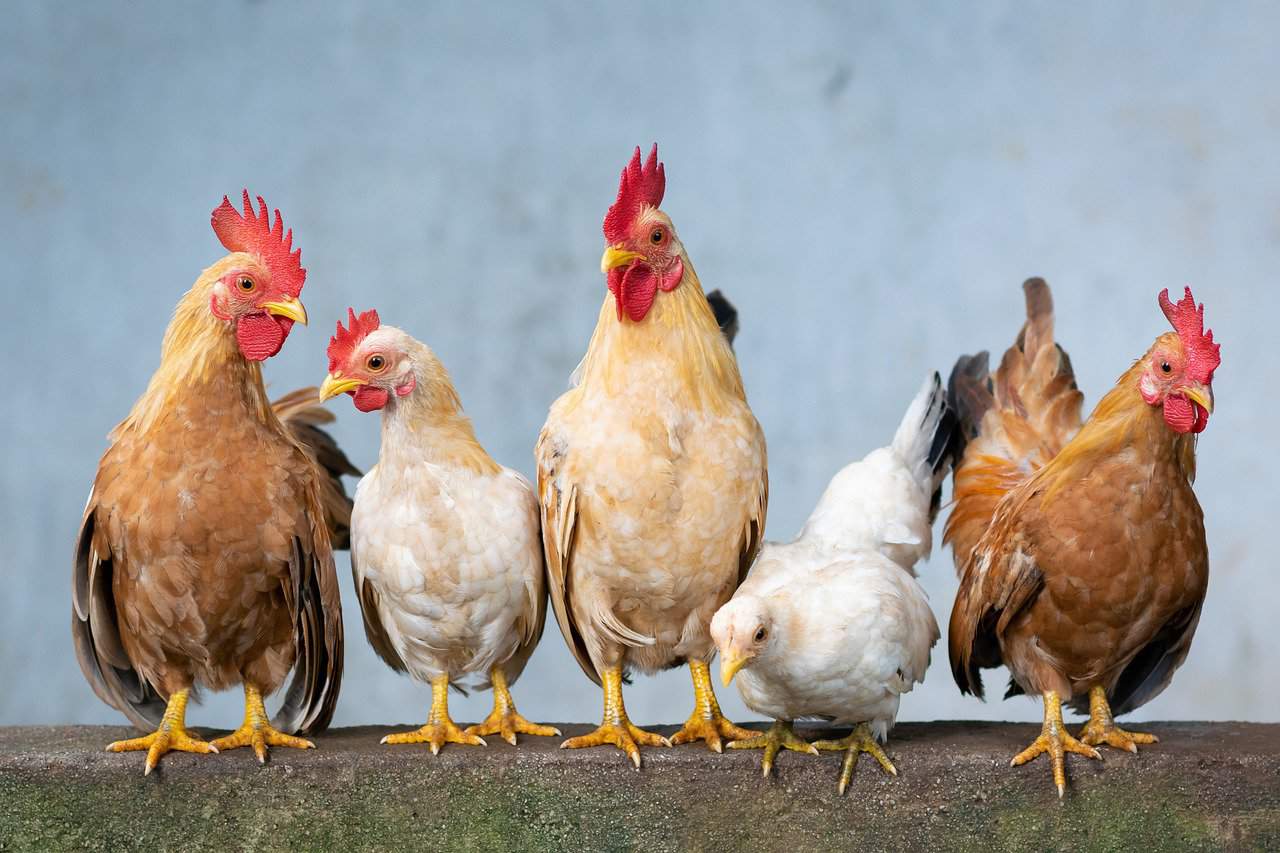
There are more than a handful of popular breeds out there that are known to strive to take on a certain hierarchical position, and while this isn’t a 100% full-proof way of telling what will happen around your flock, it is more than likely that this is how the order will go.
When it comes to the bottom feeders, you almost always have the following:
- The Silkie Chicken
- The Cochin Chicken
- The Faverolles Chicken
- The Polish Chicken
- The Orpington Chicken
This, for the most part, is due to the fact that the Silkie, the Faverolles and pretty much every breed mentioned above here is known for being very gentle and friendly.
They rarely attack one another, and when they do, they are not capable of inflicting enough damage to each other that would cause you to actually have to intervene.
If anything, you can expect the Polish to be the most likely victims of the pecking order, especially so if you have a bunch of more easily annoyed breeds that you can find a bit higher up on the ladder.
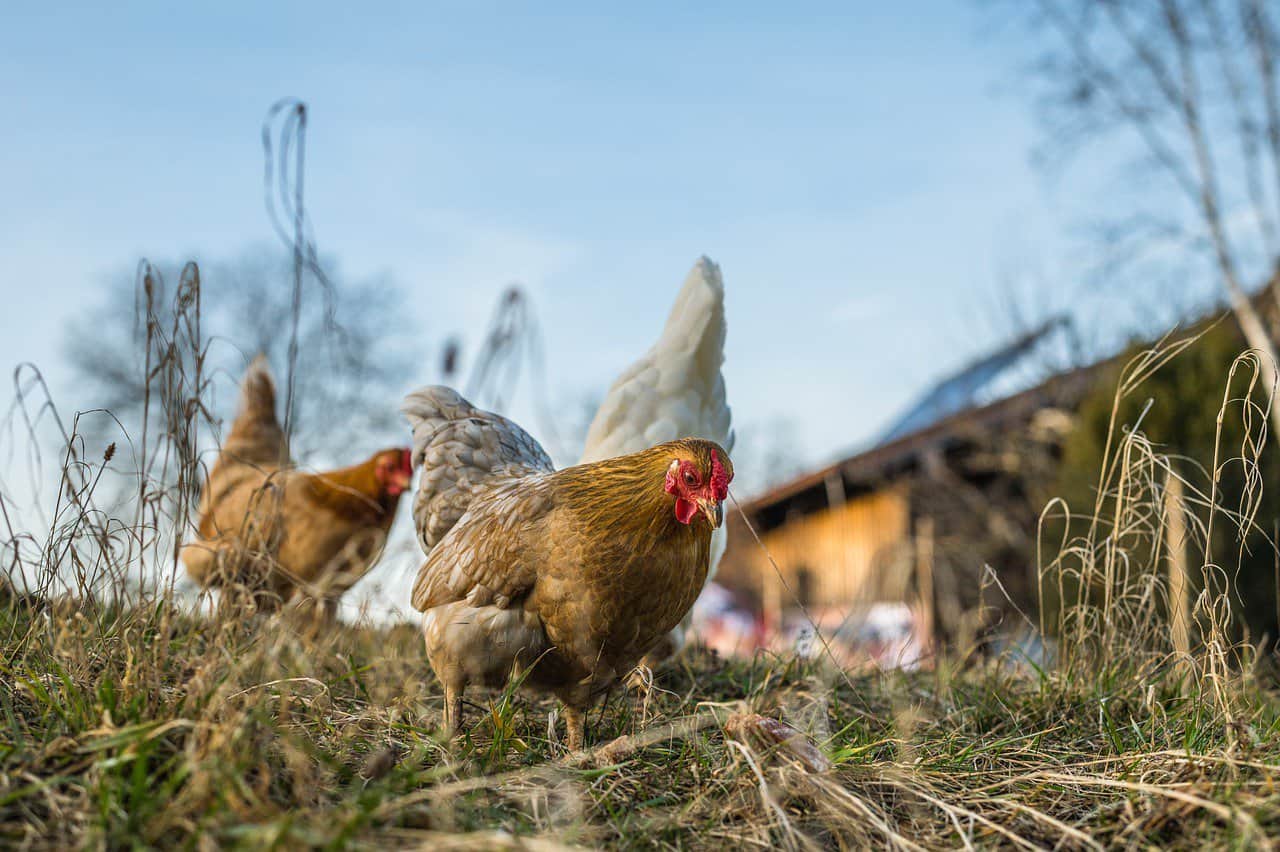
As far as the middle of the order is concerned, you can expect this place to be taken up by the following:
These three breeds are known for having relatively easy-going personalities, although their general size and pecking capacity does lead to them garnering the middle of the order with ease.
They very rarely actually attempt to take over the flock though, since the actual top birds are usually way larger and deadlier from up close than any of these three breeds.
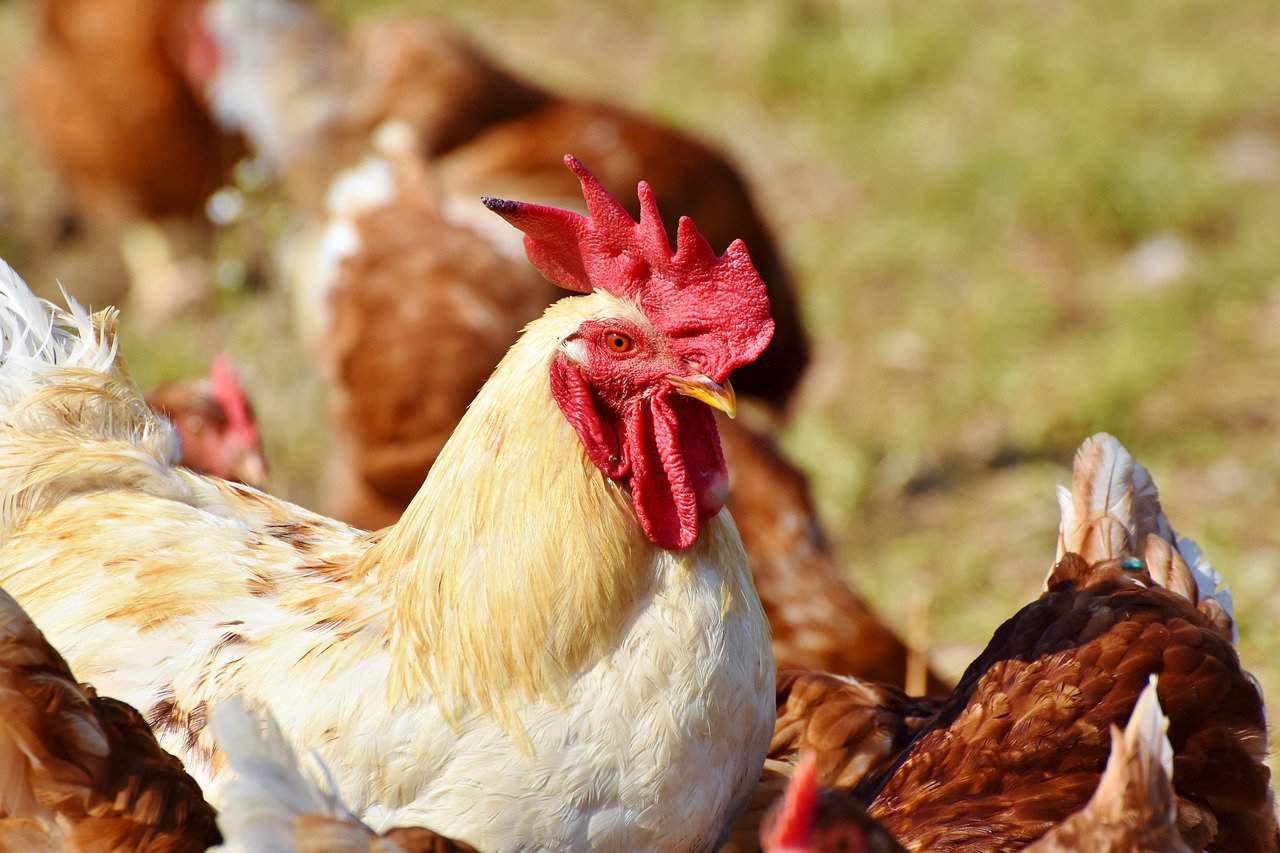
Last but not least we have the top of the food chain, aka the following:
- The Rhode Island Reds
- The New Hampshire
- The Gamebird
Last but not least we have these two major alpha breeds. The Rhode Island Reds are absolutely massive, so it’s pretty hard for them not to use this to their advantage by attacking the higher ups and becoming top roosters.
New Hampshire chickens are just as bad as they can easily attack anyone in sight to get to the top of the food chain. This also applies to most birds that have a little gamebird in them too, which is why we mentioned it above.
Conclusion
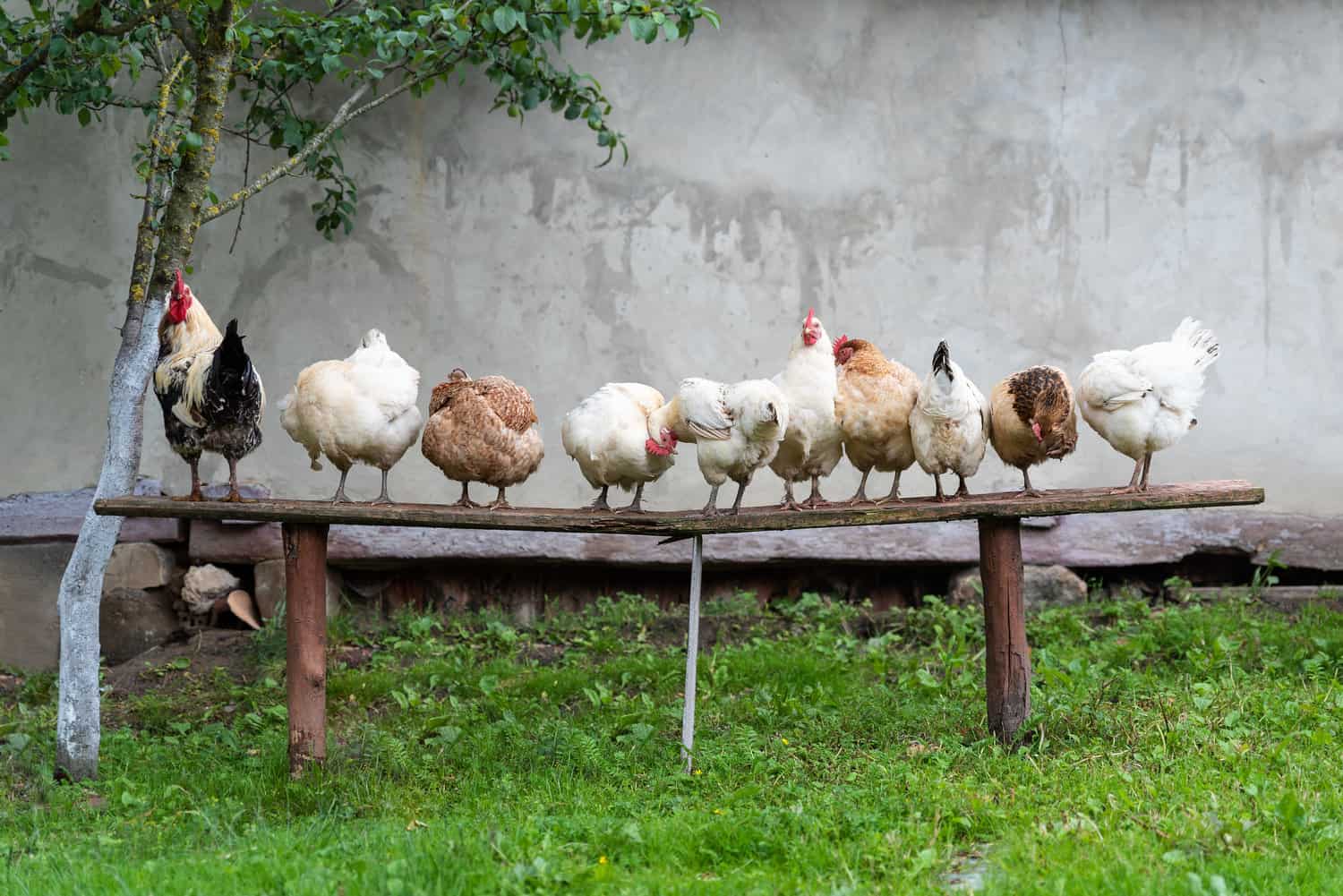
So, there you go, now you should know more about your flock and specifically, you should know more about how the social ladder works for your beautiful feathered friends.
If you want to make sure that no catastrophe happens anytime soon, you will need to make sure that your birds are not overly stressed out, and if you do happen to see any bully birds around, we always recommend that you use the aforementioned segregation pen to straighten them out.
This will definitely cause them to break the pattern of constantly attacking and bullying other birds, and as such you can save the lives and feathers of a lot of your chicken in no time.

